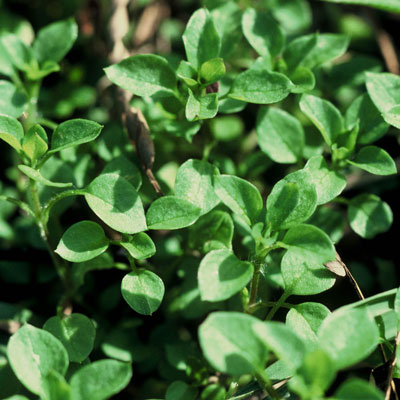Fall Lawn Care
I have friends who just put everything in the garage when the football season begins. Lawn care is done!
And then I have other friends (I’m in this category) who realize the care for your turf grass is really never completed. Grass grows year-round. Its roots are active all through the winter.

Care tips for the next several weeks…
Here are the things you’ll want to get done now through early December. Pay close attention.
Watering: The temptation might be turn off the sprinklers and put the hoses away, but with a “La Niña” in place and with dry weather underway, we’re going to want to water our lawns at least every couple of weeks. That will keep the grass roots vigorous, and it will help the lawn crowd out weeds come springtime. I even consider it a means of lessening the hazards of fires. If you have a sprinkler system, do consider having a “smart” controller installed. It will take all the guesswork out of wintertime watering.
Mowing: Keep the grass mowed going into the wintertime to remove fallen tree leaves. Use the clippings in the compost or place them beneath shrubs or around perennials as a mulch. Do not send them to the landfill. If you have fescue or ryegrass turf, obviously you will have to mow all through the winter. These grasses do their growing while the weather is cool.
Feeding: If you have ryegrass or fescue, this is the time to fertilize it with a high-nitrogen or all-nitrogen food. Follow the application with a deep soaking. Unless you are in South Texas you will not need to feed warm-season grasses (St. Augustine, bermuda or zoysia) from now until spring.
Planting: For most of Texas, this is not a good time to try to plant new turfgrass. Soils are either too cool already, or they soon will be. You need to wait until March in South Texas or early April in North Texas to plant new bermudagrass or St. Augustine sod. Having said that, if you have an area that is likely to suffer erosion, or if you have a new house and cannot take occupancy unless you have sod covering bare ground, bermudagrass sod will probably survive winter’s cold if you keep it moist at all times. It’s still better to wait until spring, but in an emergency, it could be planted now. St. Augustine, by comparison, really should be held back until spring.
